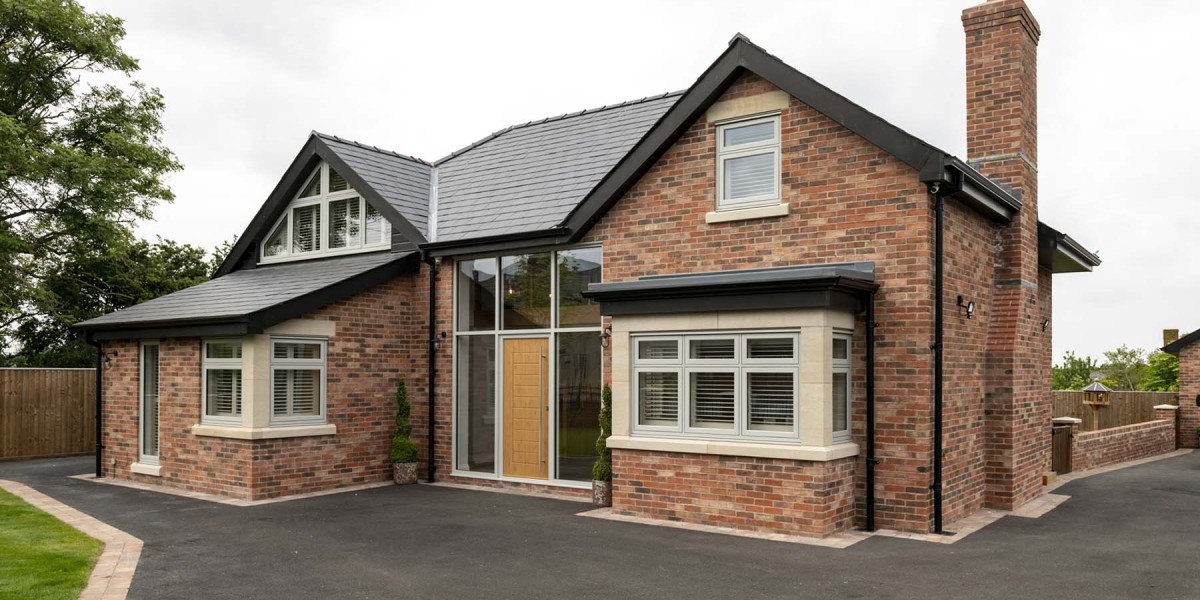In the world of Building Information Modeling (BIM), Revit Architecture has become the go-to tool for architects and designers. However, as projects grow in size and complexity, repetitive manual tasks can slow down productivity and increase the risk of errors. This is where Dynamo scripts for Revit Architecture come into play — offering automation, precision, and time savings for BIM workflows.
What is Dynamo for Revit?
Dynamo is a visual programming tool integrated with Autodesk Revit. Instead of writing traditional code, users create programs by connecting nodes in a graphical interface. Each node represents a specific action, such as creating geometry, filtering elements, or extracting data.
When integrated with Revit Architecture, Dynamo empowers architects to:
Automate repetitive modeling tasks.
Generate complex geometry that’s hard to model manually.
Extract and manipulate project data.
Apply batch changes across multiple elements.
This flexibility allows design teams to focus more on creativity and problem-solving rather than repetitive clicks.
Why Use Dynamo Scripts in Revit Architecture?
Dynamo scripts bridge the gap between design intent and project execution. Some key benefits include:
Time Savings – A well-built Dynamo script can perform in seconds what might take hours manually.
Consistency – Automation ensures uniform application of rules and reduces human error.
Complex Geometry – Parametric control enables intricate designs that would be difficult or impossible to model manually.
Data-Driven Design – Scripts can pull, analyze, and update model data without opening each element individually.
Common Dynamo Script Applications in Revit Architecture
Here are some practical examples of how Dynamo scripts are used in real architectural projects:
1. Batch Parameter Editing
Changing parameters for hundreds of elements is tedious in Revit. A Dynamo script can quickly update parameters such as material, fire rating, or dimensions across an entire model.
2. Automated Sheet Creation
Instead of creating each drawing sheet manually, Dynamo can generate sheets from a predefined list, place views, and even set naming conventions.
3. Room and Area Calculations
Dynamo scripts can extract room data, calculate areas, and export them to Excel for further analysis — especially useful for space planning and compliance checks.
4. Complex Facade Design
Architects often use Dynamo to design curtain wall patterns, panel arrangements, or organic shapes that would be time-consuming to model by hand.
5. Clash Detection Prep
While Revit has built-in clash detection tools, Dynamo can filter and categorize elements in preparation for coordination checks.
How to Create Dynamo Scripts for Revit Architecture
If you’re new to Dynamo, start with these steps:
Install Dynamo – It comes built-in with newer versions of Revit.
Understand Node Logic – Each node performs a task; connect them in sequence to create workflows.
Test Small – Start with simple automation like renaming views or changing element parameters.
Expand with Packages – Use Dynamo’s Package Manager to install community-created nodes for advanced functionality.
Best Practices for Dynamo in Architectural Projects
Keep Scripts Organized – Name your nodes and group them logically for easy understanding.
Document Your Workflow – Add notes in Dynamo so others can follow your logic.
Optimize Performance – Large scripts can slow down Revit; break them into smaller, modular workflows.
Test on a Copy – Avoid running new scripts on live project files until they are fully tested.
The Future of Dynamo in Architecture
With increasing demand for parametric design and BIM automation, Dynamo is becoming an essential skill for architects. As AI and computational design evolve, we can expect even more advanced automation tools to integrate with Revit. Learning to create and adapt Dynamo scripts not only boosts productivity but also opens new creative possibilities.
Final Thoughts
Dynamo scripts for Revit Architecture are more than just a convenience—they are a strategic tool that transforms how architects work. By automating repetitive tasks, enabling complex geometry, and managing data efficiently, Dynamo helps architects focus on design quality and innovation. Whether you’re a beginner or an experienced BIM professional, integrating Dynamo into your workflow can significantly enhance both productivity and creativity.
To read more useful blogs, visit Zerfoon








